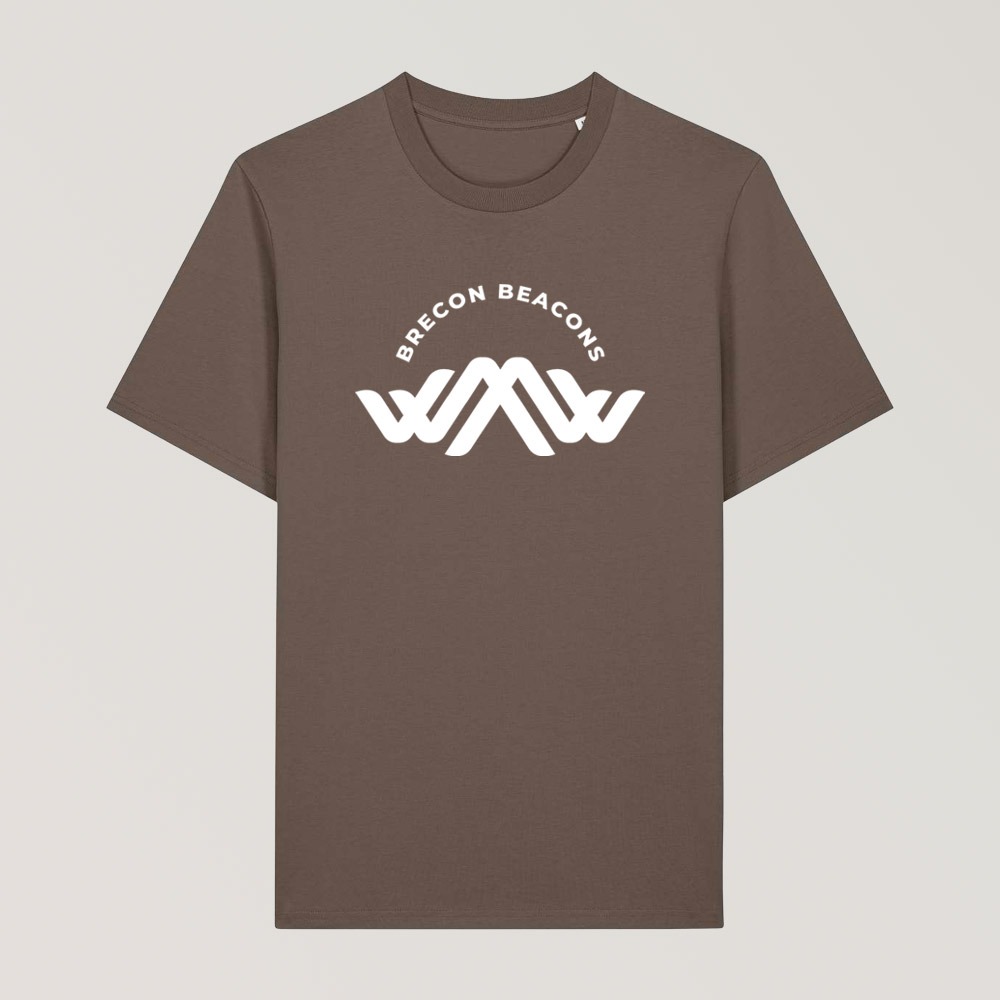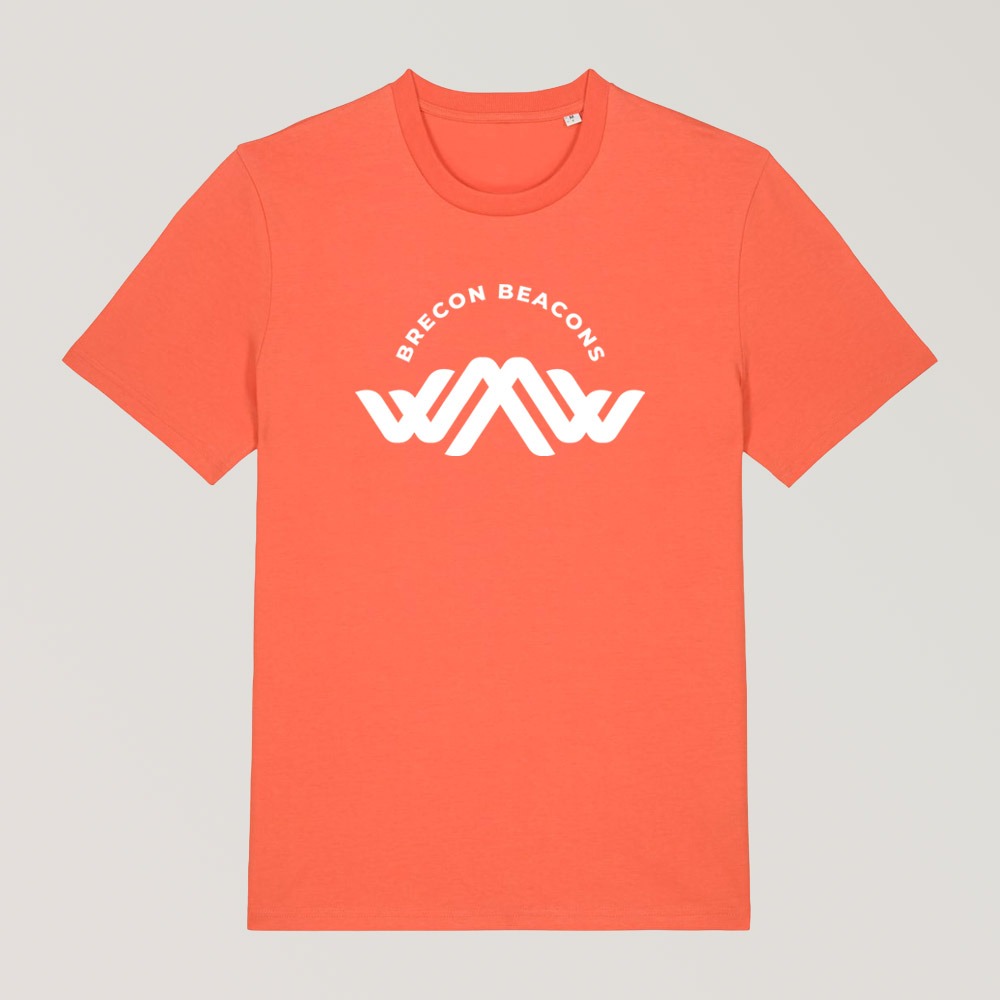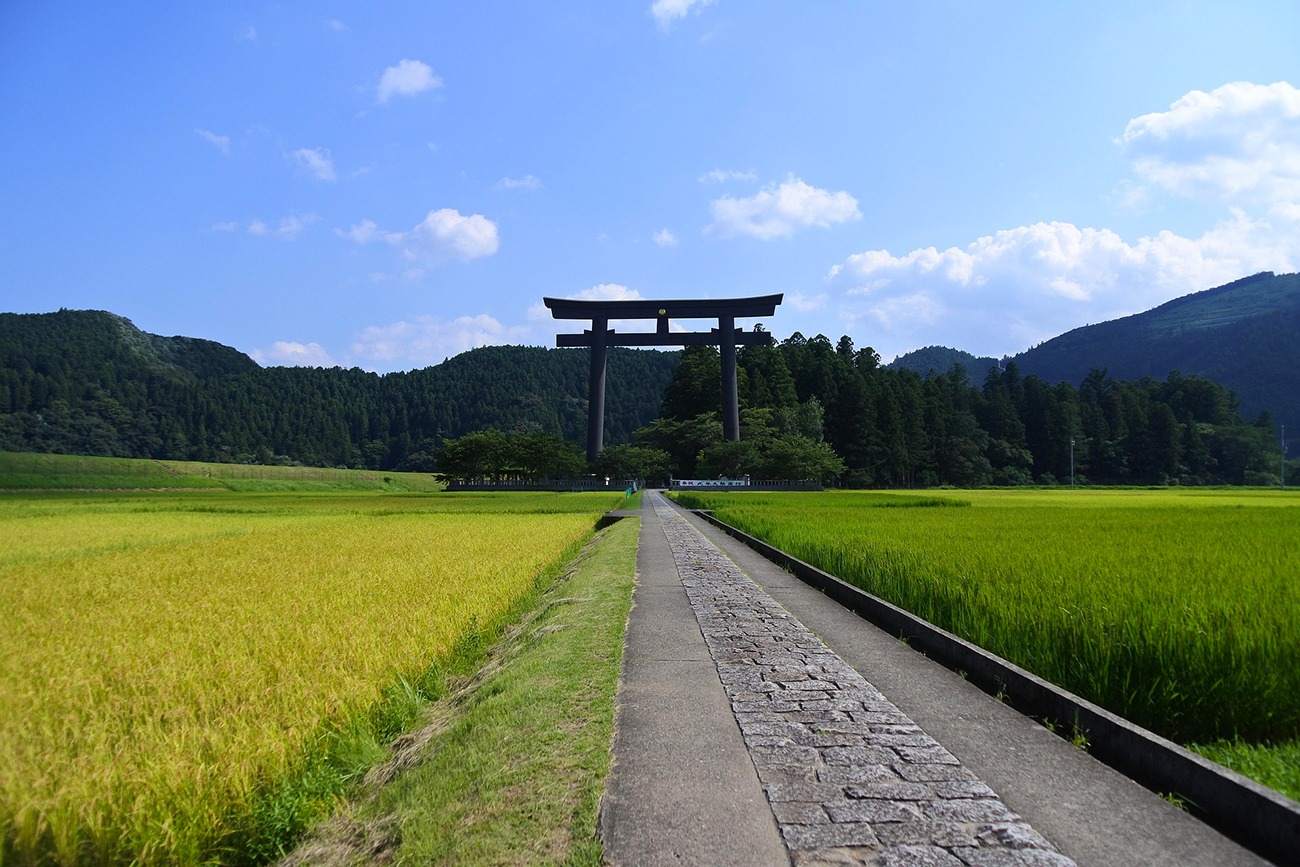Region: Nakahechi Trail, Kumano Kodo, Kii Peninsula, Wakayama Prefecture, Japan
Places To Stay: One of the great joys of walking the Nakahechi is the unique accommodation along the way. Pilgrims can stay in traditional ryokan (Japanese inns), minshuku (family-run guesthouses), and even shukubo (temple lodgings) where monks serve simple, vegetarian shojin ryori meals. Expect tatami rooms, futon bedding, hot onsen baths, and the warm hospitality of hosts who have welcomed travellers for centuries. Try: Kumano Kodo Accommodation Options to explore stays along the Kumano Kodo.
Looking for more trails in Japan? Visit my ‘Japan Hiking Trails‘ page.
Below are 3 ideas for trips, transfers and day tours on the Kumano-Kodo Nakahechi Pilgrimage Route, GetYourGuide offer great discounts and availability + Much more!
For a wider choice of accommodation in the Nakahechi, Booking.com has a huge variety to browse through.
The Nakahechi is the most popular section of the Kumano Kodo, one of only two UNESCO World Heritage pilgrimage networks in the world (the other being the Camino de Santiago in Spain). This sacred trail winds through the misty mountains of the Kii Peninsula, taking pilgrims from Tanabe inland through quiet cedar forests, tiny mountain hamlets, and ancient stone paths to the Grand Shrines of Kumano. Along the way you’ll encounter moss-covered oji shrines, hidden waterfalls, steaming hot springs, and breathtaking viewpoints. This isn’t just a hike, it’s a journey through Japan’s spiritual heartland.
Looking to book your Flights? Try the Skyscanner Flight Checker Below.
The nearest major airport is Kansai International (Osaka). From there, take the JR Limited Express to Kii-Tanabe. A car is unnecessary for the trail, walkers rely on buses, trains, and local transfers to connect stages and accommodation.

Get a JR Rail Pass if you’re planning to move around a lot, the Japan Rail Pass is worth looking at. You can buy 7-21 day passes before you go, and they give you ‘unlimited‘ rides on the famous bullet trains and most JR lines.
Getting There: Directions, GPX and App Link
- Start/Finish: Traditionally starts at Takijiri-oji (near Tanabe) and finishes at Kumano Hongu Taisha, though extensions continue to Nachi Taisha and Hayatama Taisha.
- Google Maps link: Starts at Takijiri-oji
- Parking: Limited – most walkers use public transport.
- Download the GPX file here for use on your GPS device or watch
- You can also follow this route on my Outdooractive profile
Hike Profile
- Distance: approx 38 km (23 miles) from Takijiri-oji to Hongu Taisha (multi-day, usually 2–4 days)
- Duration: 2–4 days depending on pace and chosen stages
- Highest point: Passes up to 800–900 m above sea level
- Difficulty: Moderate to challenging – steep ascents/descents, uneven stone paths
- Route conditions: Forest trails, cobbled pilgrim roads, mountain villages
Stages & Distances (Typical 3-Day Itinerary)
| Stage | From → To | Distance | Ascent | Notes |
|---|---|---|---|---|
| Day 1 | Takijiri-oji → Takahara / or Chikatsuyu | 7–14 km | ↑ significant | Immediate climb; classic forest & oji shrines |
| Day 2 | Chikatsuyu → Tsugizakura → Koguchi (variant) | 13–22 km | ↑/↓ rolling | Historic cobbles; ridge views |
| Day 3 | Koguchi → Kumano Hongu Taisha | 13–15 km | ↑ steep then ↓ | Finish at Hongu; optional bus/transfer to Yunomine/Kawayu |

Sim Local can reduce or even eliminate your roaming fees. Click www.simlocal.com/ + 10% Discount Using – ‘WELSHMAN’
Hike Description
Begin at Takijiri-oji, considered the spiritual gateway to the sacred mountains. From here, the path climbs immediately into dense forest, lined with ancient cedar and cypress. Along the way you’ll pass oji shrines, smaller sacred waypoints where pilgrims historically stopped to pray, and mossy stone steps that have carried travellers for over a thousand years.
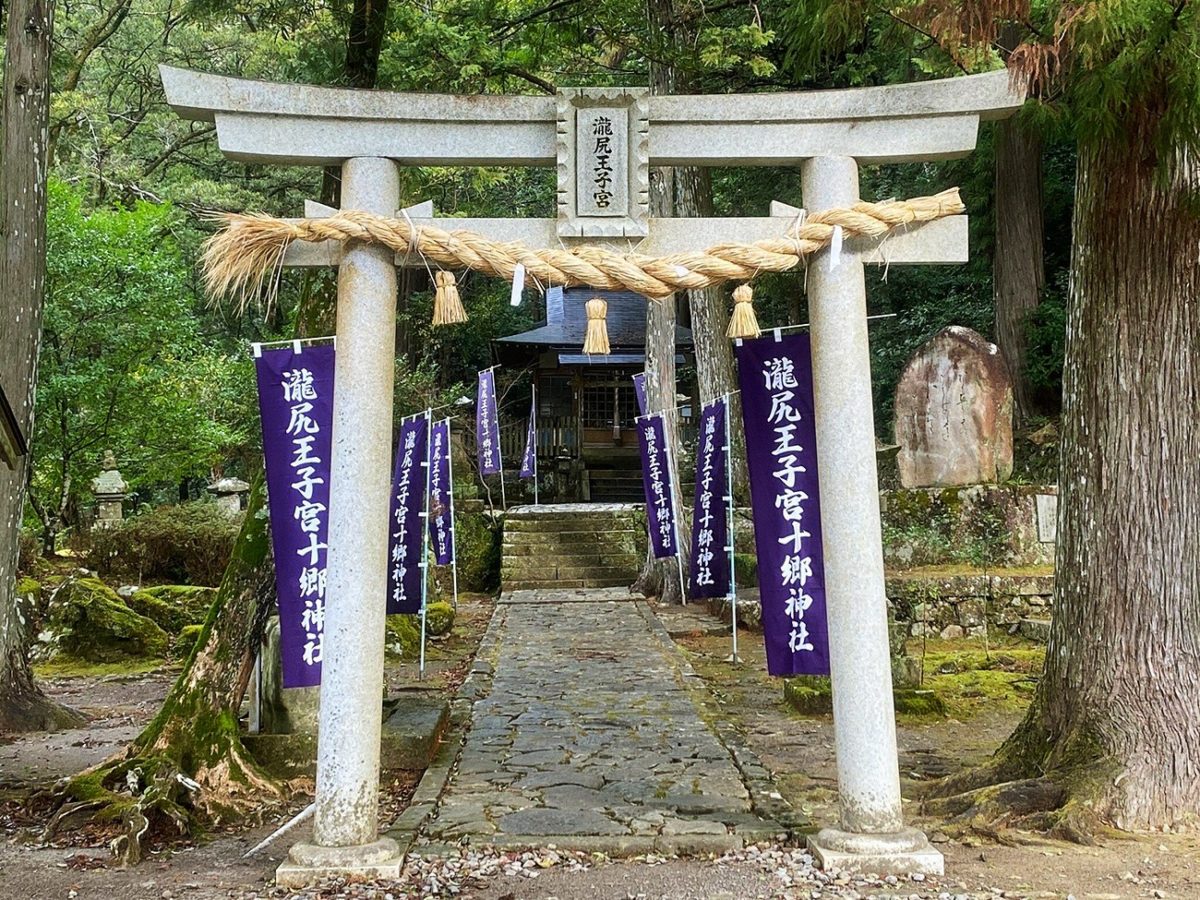
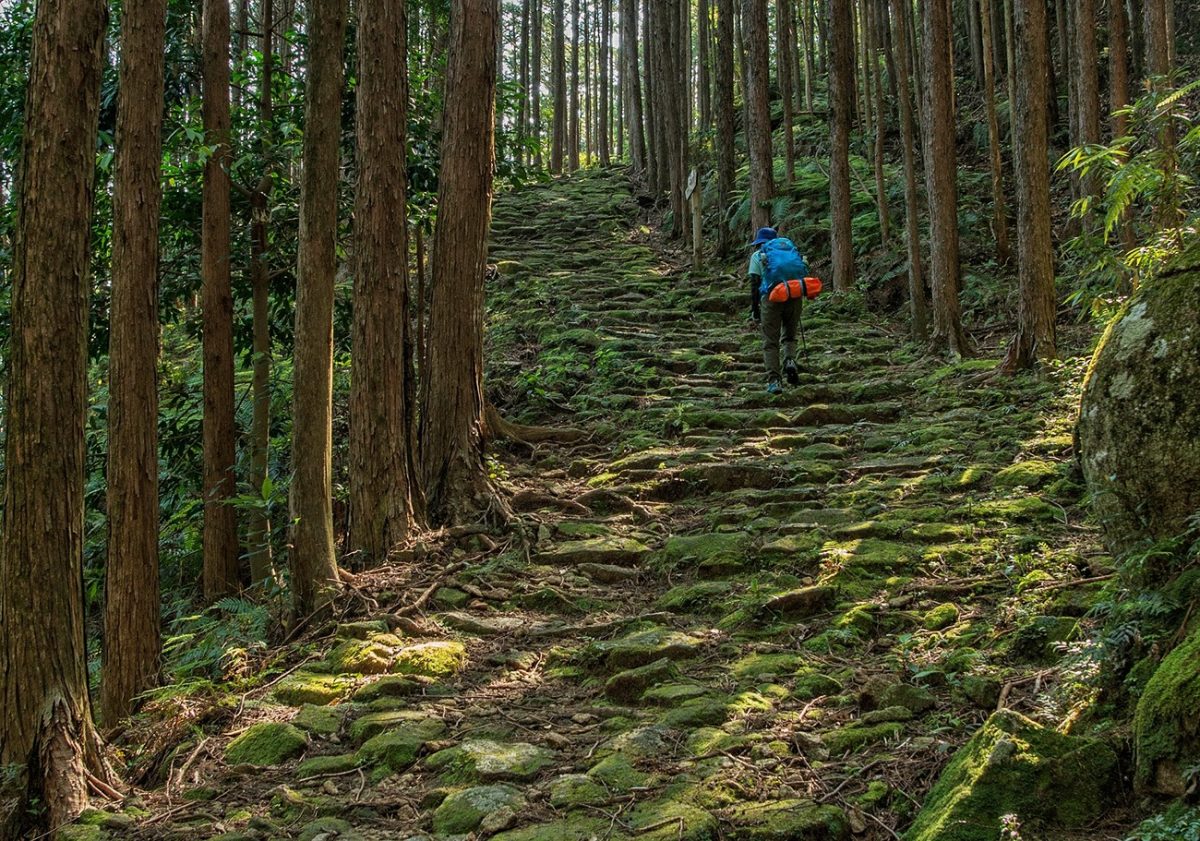
Each day along the Nakahechi brings its own highlights. The first stages lead you through mountain hamlets where you can rest in traditional minshuku, often with home-cooked meals and hot baths. Approaching Chikatsuyu, the trail opens into terraced valleys dotted with persimmon orchards and rice paddies.
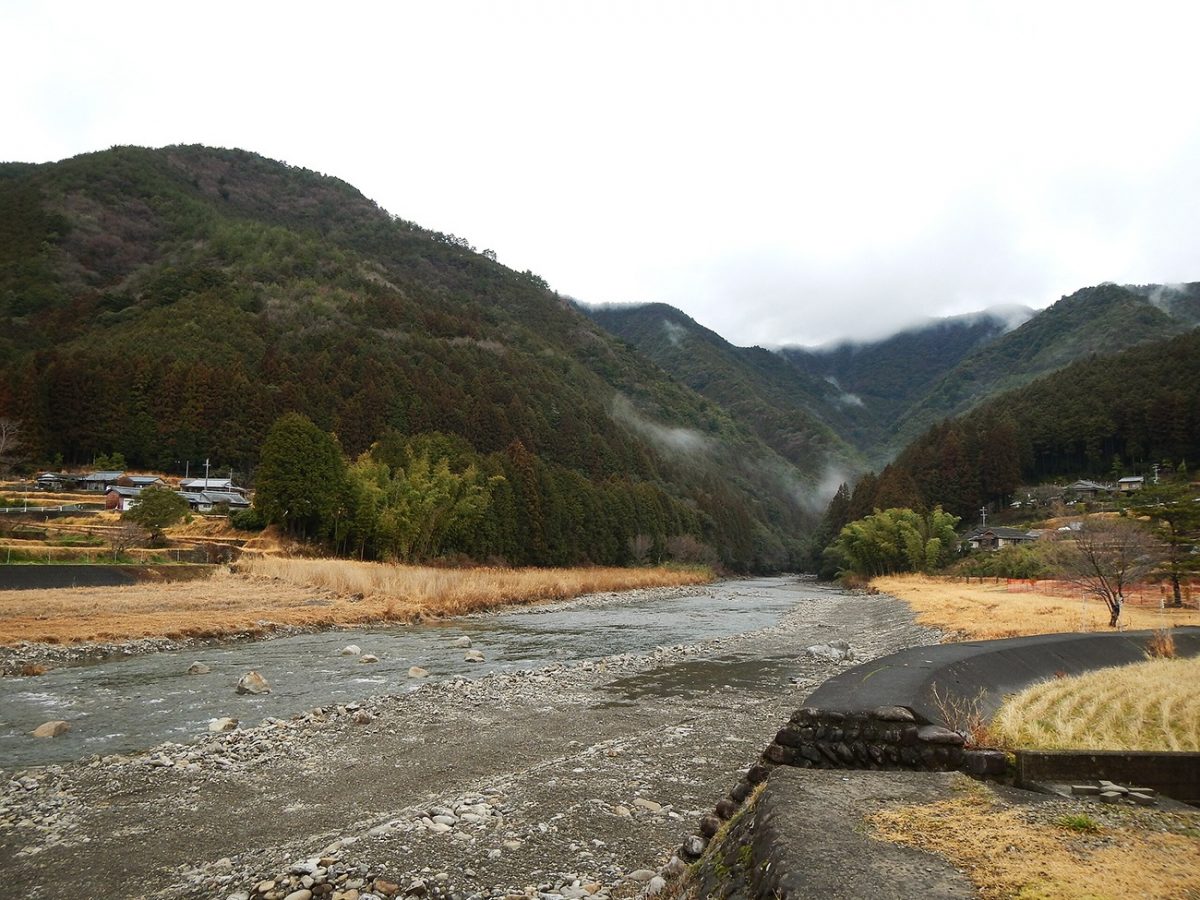
Places to Stay on the Nakahechi (Ryokan, Minshuku & Temple Lodgings)
Book ahead — small properties fill quickly in peak seasons. Expect tatami rooms with futon bedding, set dinners/breakfasts, and shared baths. Temple stays (shukubo) often serve shōjin ryōri (Buddhist vegetarian cuisine).
Stage 0 – Pre-start, Kii-Tanabe
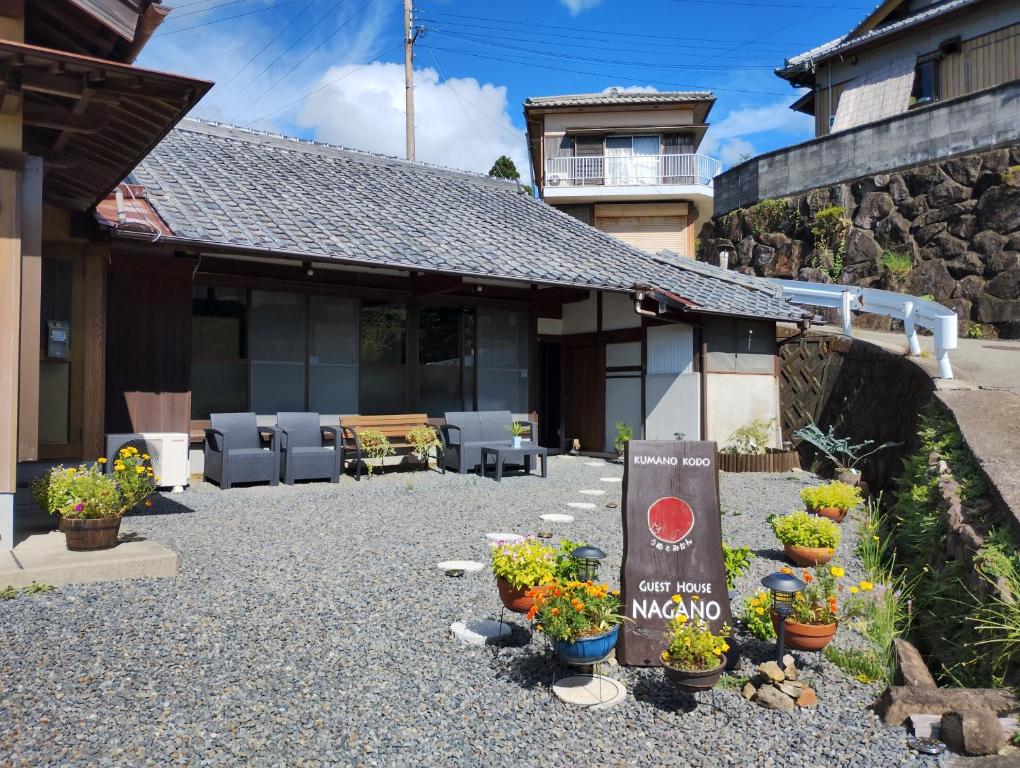
A popular, highly-rated guesthouse just outside Tanabe, with a rating of 9.4 (“Wonderful”) and over 200 reviews.
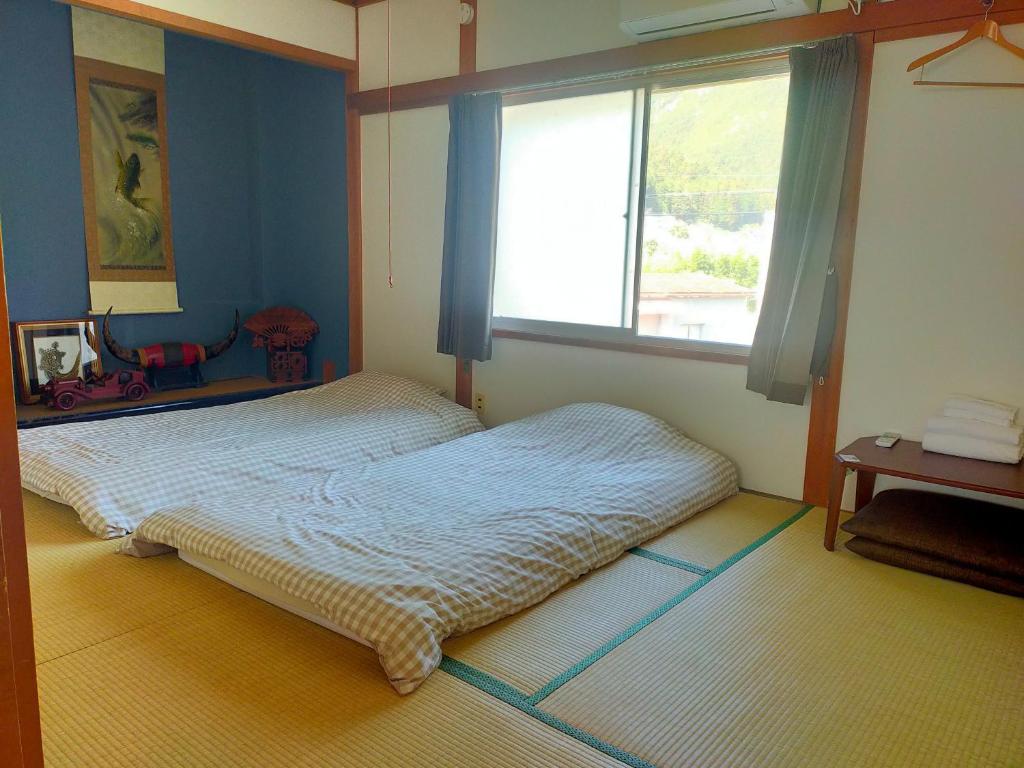
Charming traditional guesthouse with meals and shuttle options, praised for its helpful host and convenient location.
Stage 1 – Chikatsuyu / Takahara

KUMANOYASAI Cottage in Chikatsuyu
Exceptional rating of 9.7 (“Exceptional”), cozy cottage close to the Nakahechi Museum of Art.
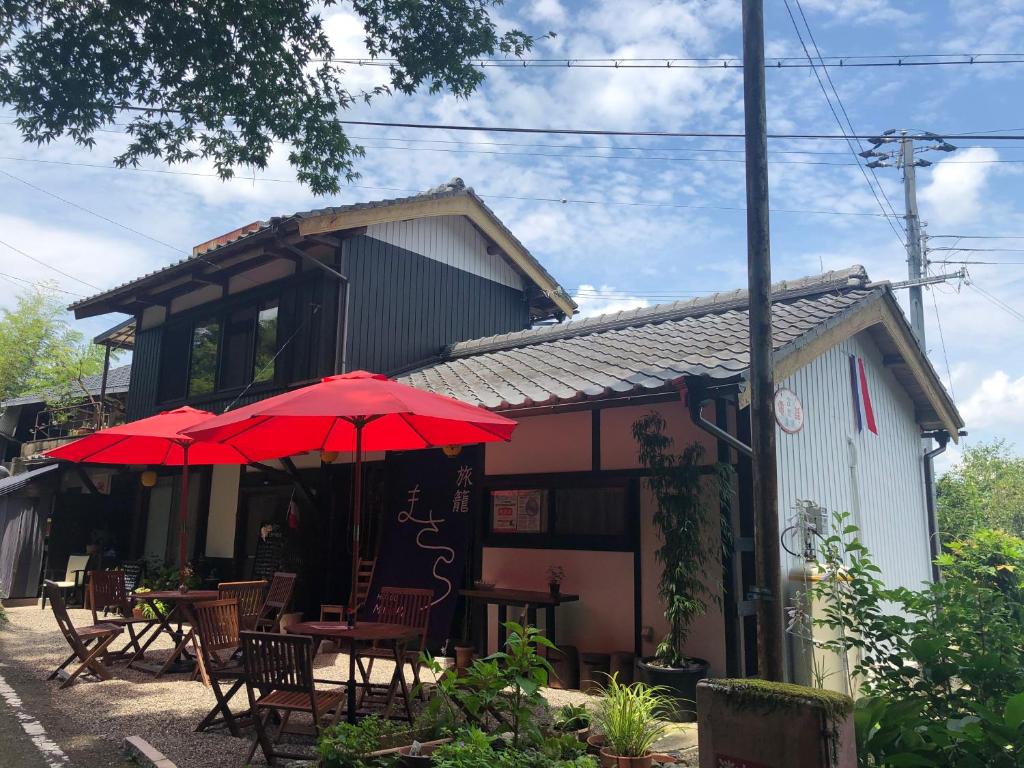
Another stellar property rated 9.9 for its hospitality, with both Japanese and European-style dinner options.
Stage 2 – Hongu / Yunomine Onsen
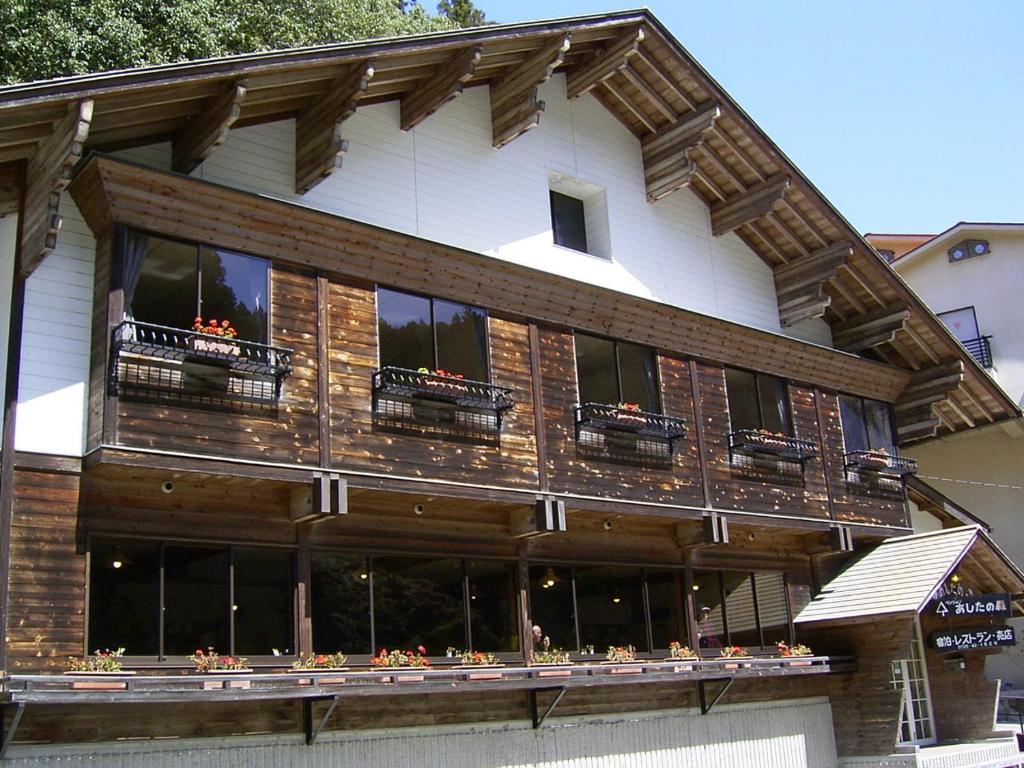
A top-tier ryokan with onsen, rated 9.1 (“Wonderful”), plus scenic views and indulgent baths.
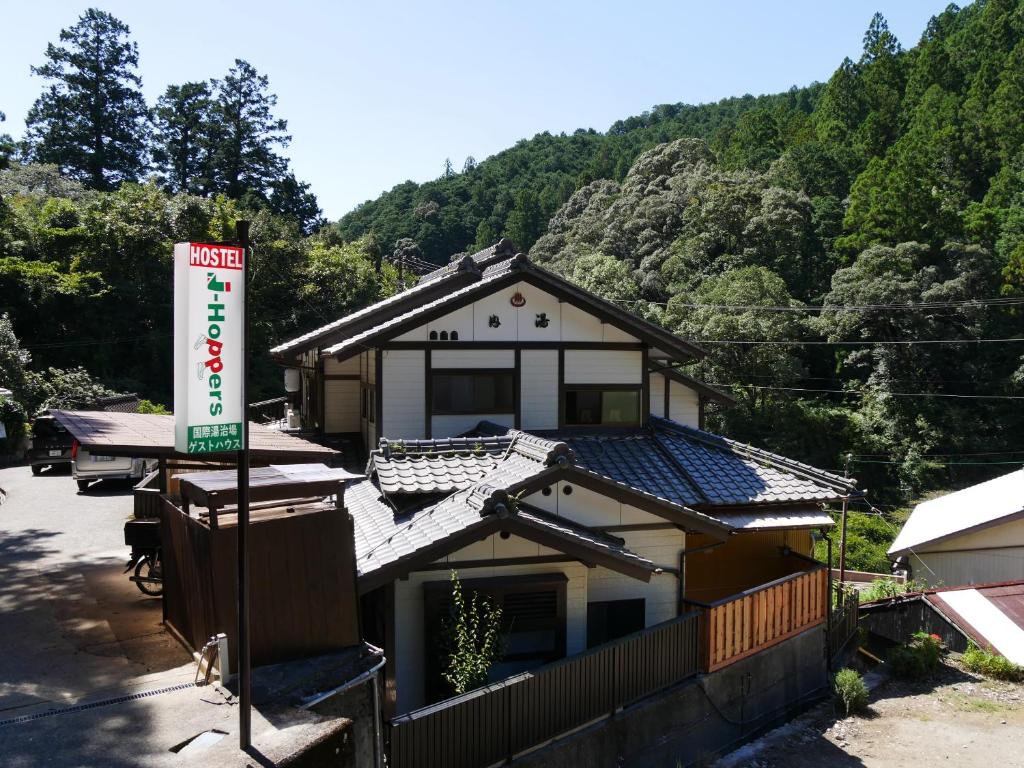
J‑Hoppers Kumano Yunomine Guesthouse
Guesthouse with extremely high guest score (9.2, “Wonderful”) and excellent location right by the trail and onsen spot.
Extension – Nachi-Katsuura / Nachi Taisha
(Note: There are no specific Nachi-Katsuura properties below, but these are strong alternatives in nearby Hongu/Totsukawa.)
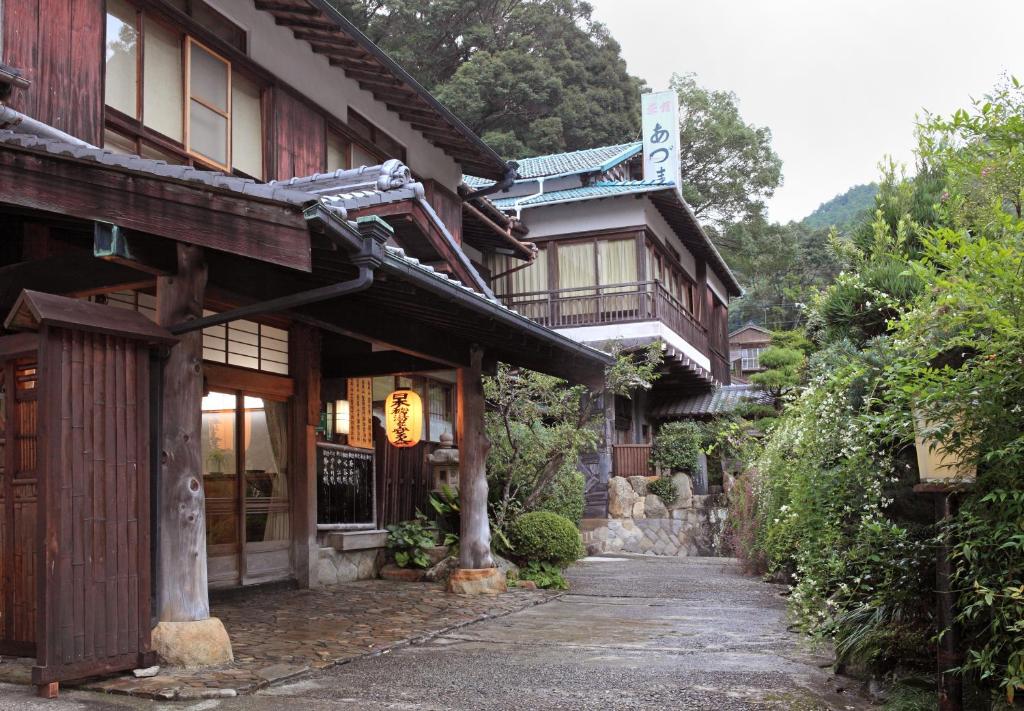
Excellent review rating (8.8) and traditional ryokan onsite onsen
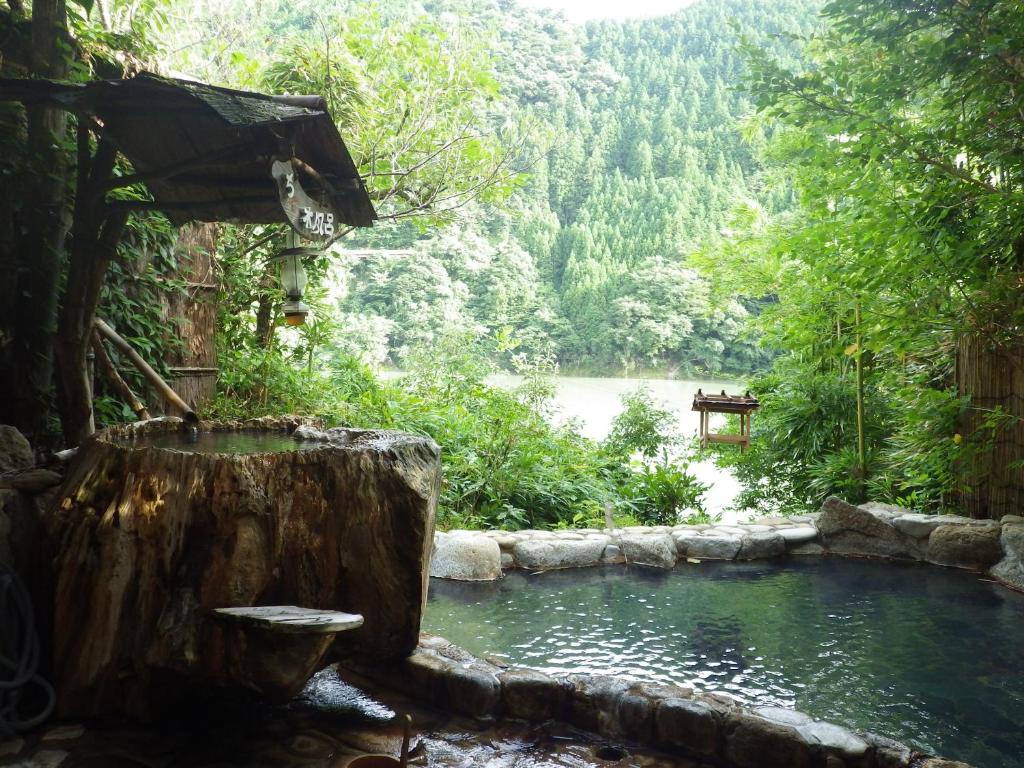
Kosenkaku Yoshinoya (Totsukawa)
Exceptional rating (10.0) and a standout onsen experience in Totsukawa, just next stage over
For a wider choice of accommodation in the Nakahechi, Booking.com has a huge variety to browse through.
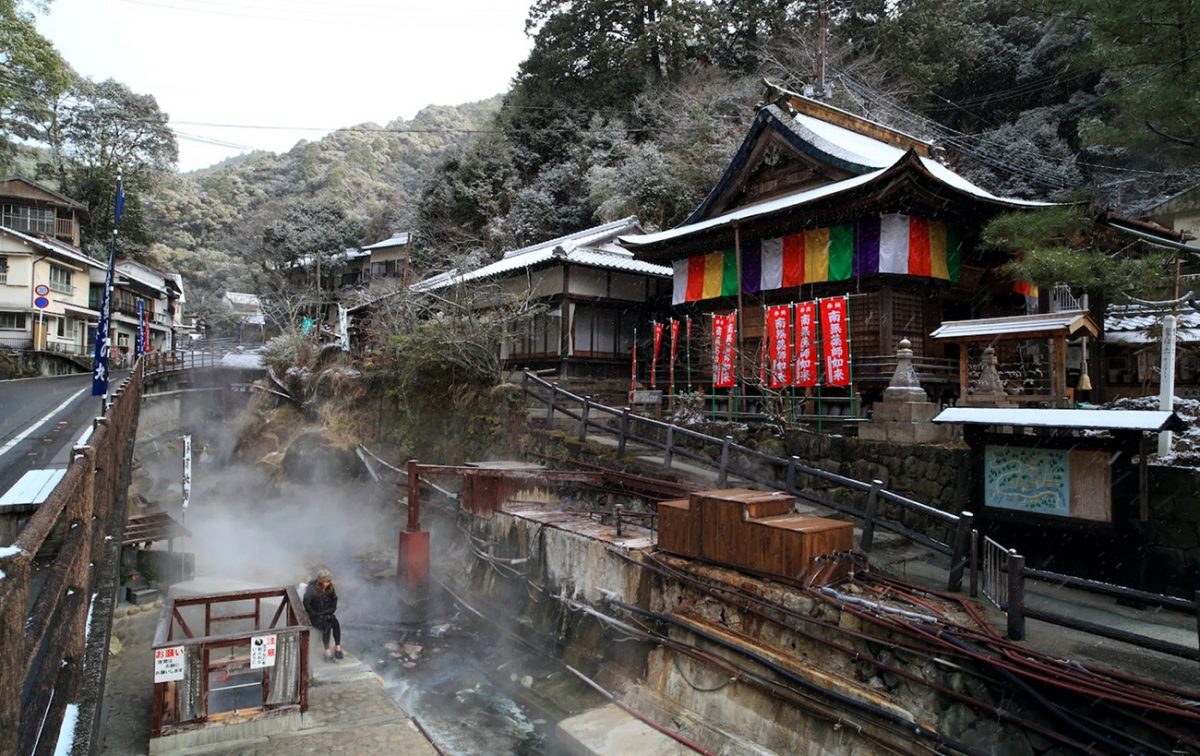
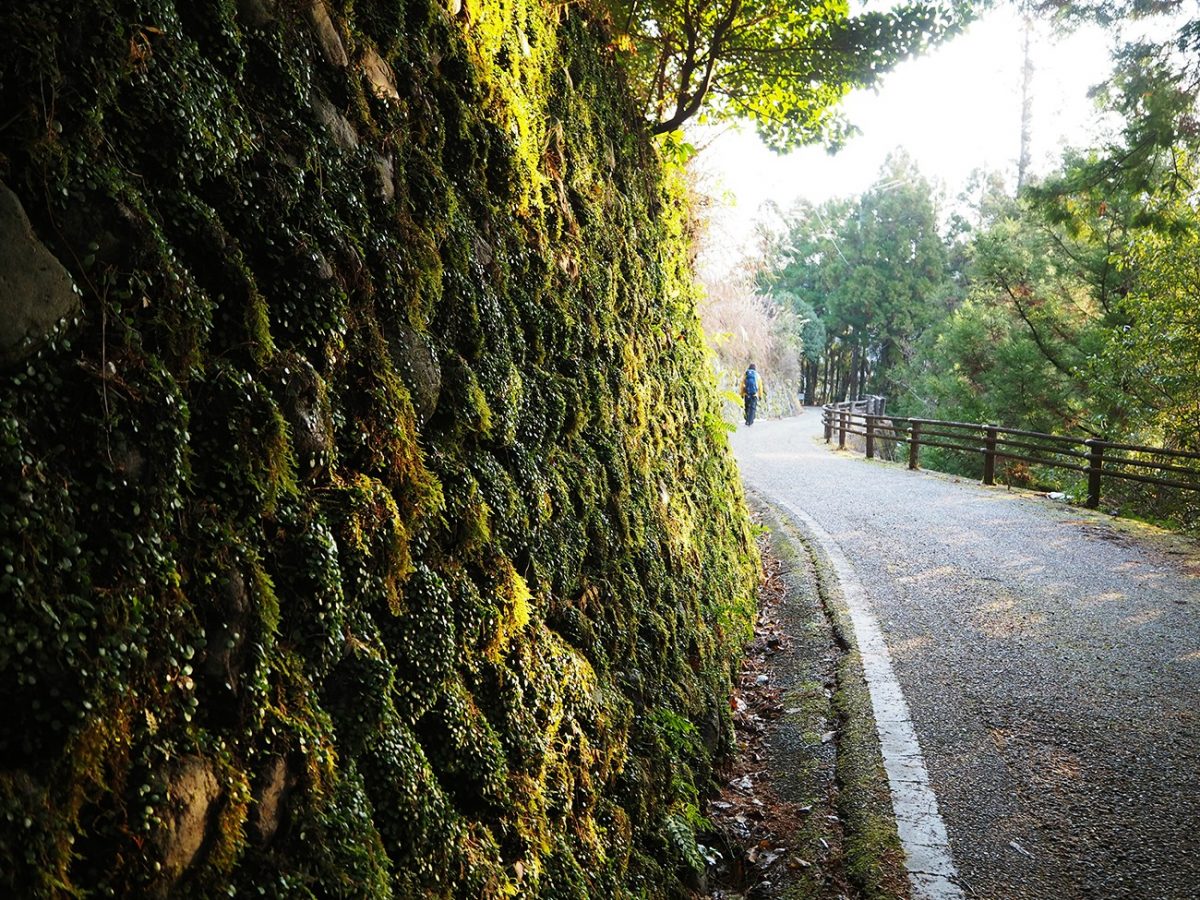
Further along, the path rises steeply to panoramic ridgelines before dropping into the Yunomine Onsen valley, one of Japan’s oldest hot springs, where pilgrims traditionally purified themselves before worship. Today, you can still soak in the historic Tsuboyu bath, a tiny stone hut fed by natural hot waters.
The culmination of the Nakahechi is Kumano Hongu Taisha, the head shrine of the Kumano faith, nestled in a wooded clearing. Here, pilgrims bow before enormous torii gates and black-roofed shrine buildings, often completing their journey by collecting a stamp for their Kumano Kodo “pilgrim passport”. From Hongu, many continue on to the spectacular Nachi Falls and Nachi Taisha, where a bright vermilion pagoda stands against the backdrop of Japan’s tallest waterfall.
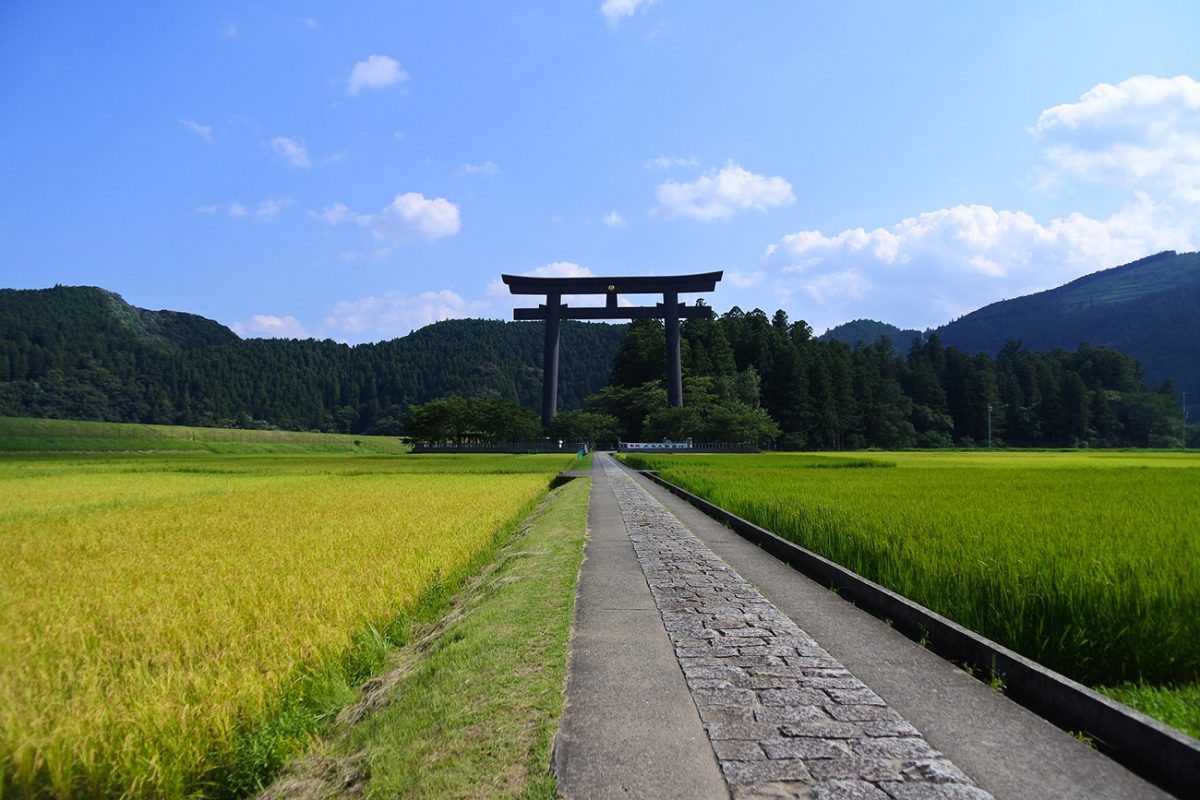
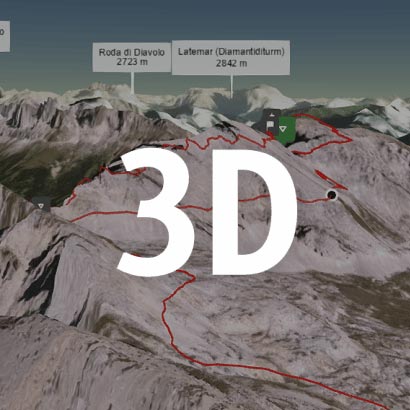
Walk this route yourself in 3D!
The video is a 3D walkthrough of this route; it’ll give you a great idea of what to expect before you set foot on the mountain.
I’ve created 3D videos of my walks and shared them with the Outdooractive and Welsh Man Walking communities.
[video_popup url=”https://youtu.be/pn5ueePwF4M” text=”Hiking the Nakahechi Trail, Kumano Kodo – 3D Walkthrough” title=”Hiking the Nakahechi Trail, Kumano Kodo – 3D Walkthrough”]
More than just a trek, the Nakahechi is a deep immersion in Japan’s spiritual heritage, where the natural landscape itself is seen as divine, and each footstep carries the weight of centuries of devotion.
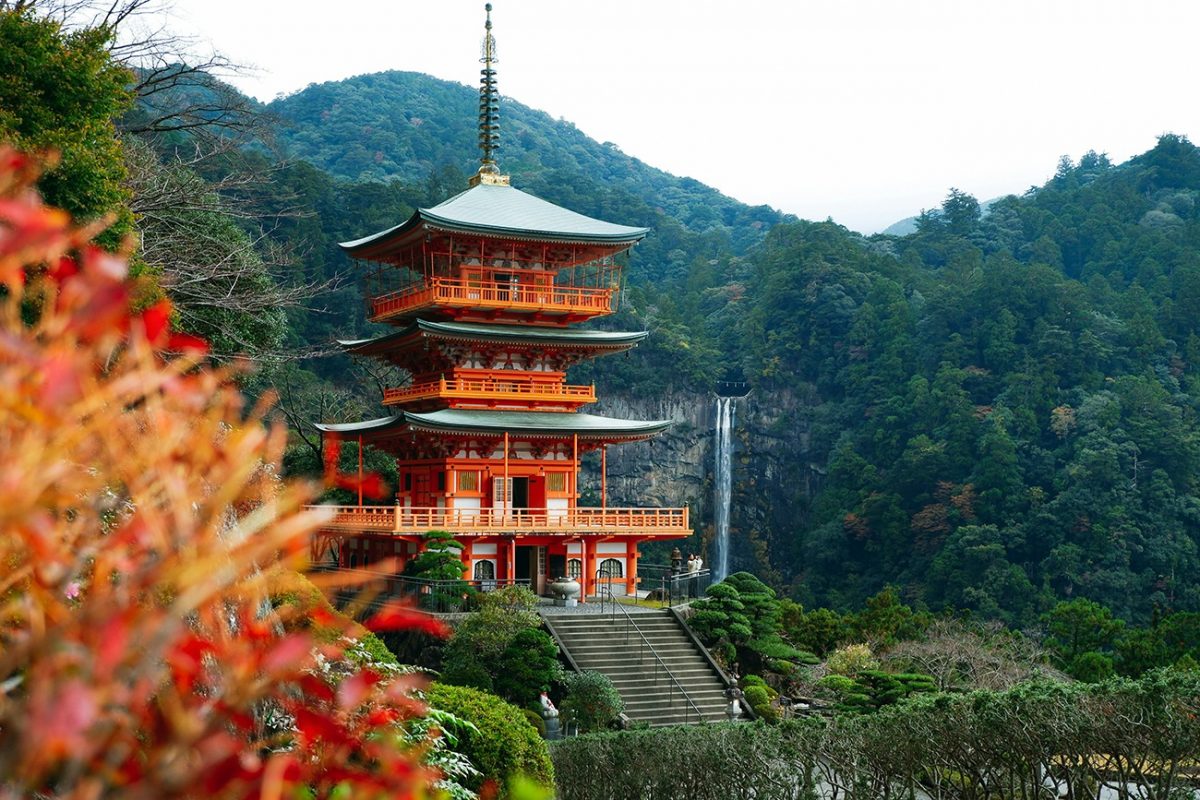
Practicalities
- Luggage transfer: Available between stages (book in advance).
- Food & water: Carry snacks; shops are sparse between villages.
- Etiquette: Respect shrines and local residents; follow Leave No Trace.
- Safety: Weather turns quickly; carry layers, rain gear, and a power bank.
- Solo friendly: Well waymarked; English signage improving; download offline maps.
- Pilgrim Passport: Available at trailheads/shrines; collect stamps for “Dual Pilgrim”.
Below are 3 ideas for trips and tours in Osaka, GetYourGuide offer great discounts and availability + Much more!

AllTrails: Trail Guides & Maps for Hiking, Camping, and Running | AllTrails ‘Plus’ 30% OFF – Read my ‘Full Review‘ for more details.
Nakahechi Trail FAQs
How long does it take?
Do I need to book accommodation in advance?
What kind of food is served?
Is it suitable for beginners?
Can I walk it solo?
Best time to go?
Is it part of UNESCO World Heritage?
Can I get a Pilgrim Passport?
Is it safe?
Do I need a guide for the Nakahechi?

Water-to-Go Named Best Water Bottle for Travel. Click www.watertogo.eu + 20% Discount Using – ‘WMW20’


